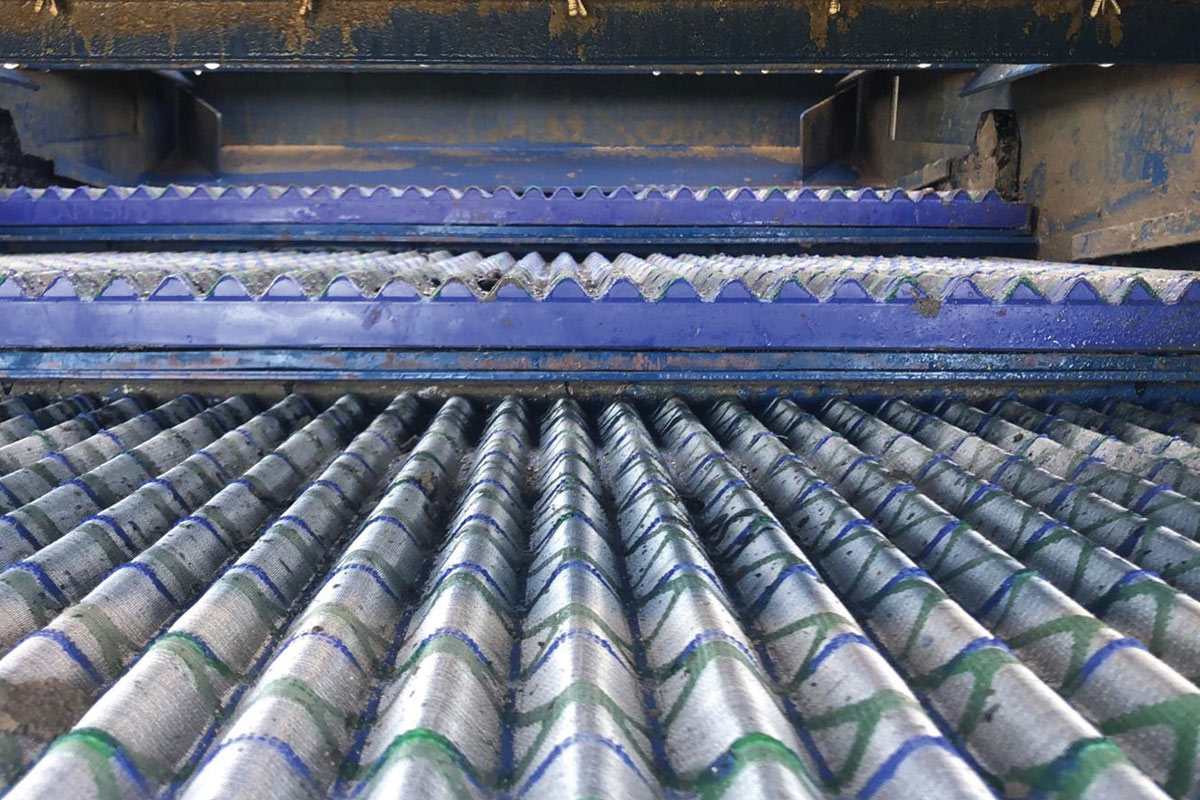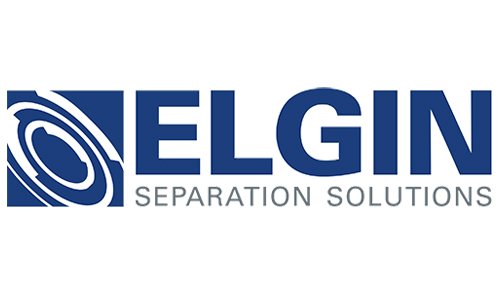
How to Choose the Right Shaker Screen

In modern horizontal directional drilling (HDD) operations, selecting the right shaker screen is essential for efficient solids control. A screen essentially functions as a “go/no-go” gauge—either a particle is small enough to pass through or it is not. The screening surfaces used in solids control equipment are typically multi-layered woven wire screen cloths, making them the “heart and soul” of the shaker. As a result, the overall performance of a shaker is largely defined by the quality of screens it utilizes.
When choosing a solids control system, it is crucial to consider both the quality of screen manufacturing and the experience of the manufacturer. A properly configured system should include both scalping and fine screens to maximize efficiency. The scalping screens must be coarse enough to prevent whole mud losses, which occur when the drilling fluid is unable to pass through and sheets off the shaker. To prevent this, scalping screens in HDD applications typically range from 50 mesh (API 50) to 120 mesh (API 100), while fine screens range from 160 mesh (API 120) to 200 mesh (API 170).
The API 13C classification is becoming increasingly important in the HDD industry, as more contractors focus on achieving a specific micron cut point in their fluid processing. It is important to note that screen performance is determined by the size of its openings, not just the mesh count. For this reason, HDD system users should compare and specify screens based on their API 13C designation, ensuring optimal separation efficiency and fluid recovery.



